What a wild ride the Amityville flicks are. Long a favorite of horror fans, the series was initially inspired by a purportedly true haunting in a quaint house in New York. And it’s no surprise that this franchise captivated audiences, especially when you consider the appeal of that iconic eye-windowed abode, which looks like it’s perpetually surprised to see you. Some might say it’s just eyeing up the property market.
The Amityville story will forever be a part of film history. In addition to spawning a slew of imitators, sequels, and spin-offs, it has also cemented its place in popular culture and become, dare I say, the “OG” of haunted house movies. The films have played their part in setting the bar for the horror genre, pushing the envelope and leaving viewers wondering if that noise they heard was merely the house settling or something more sinister was afoot.
Although the horror genre is constantly developing and expanding, the Amityville home will always hold a special place in the hearts of its many devoted followers. The charmingly eerie, nostalgic terror in the walls of that Amityville house keeps fans coming back. So, if you want to rewatch all Amityville movies, here’s a list of them in order of release.
The Amityville Horror (1979)
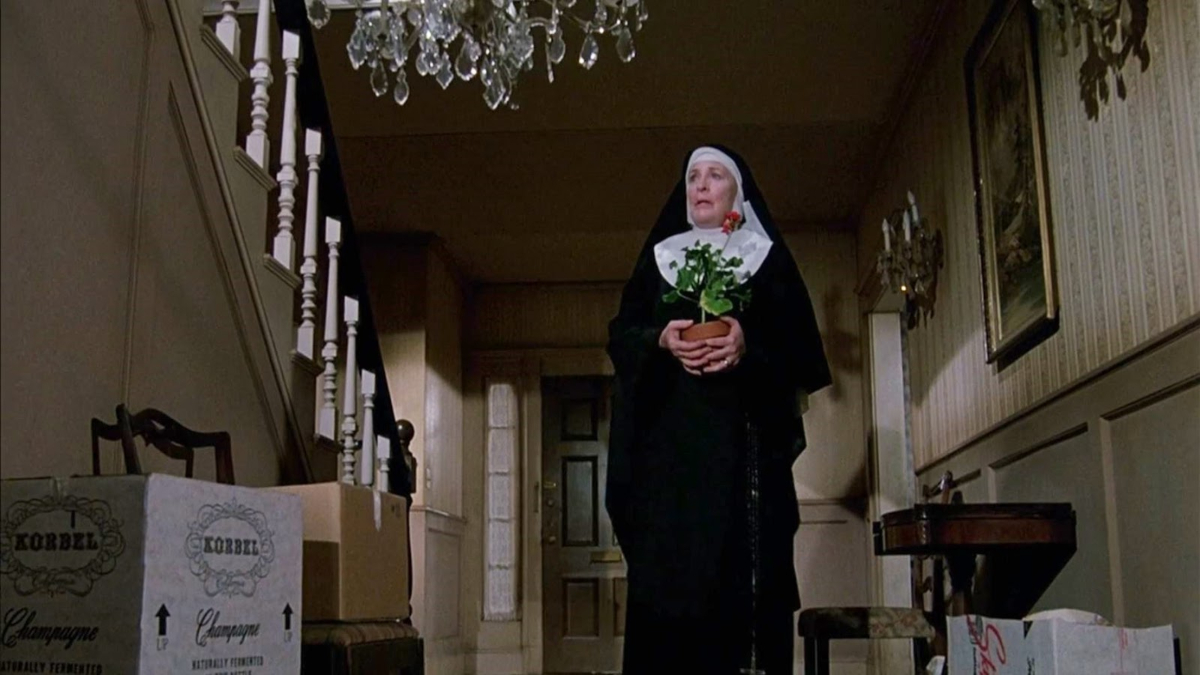
Set in a stately New York abode with those uniquely alarmed-looking windows, this cinematic endeavor told the ostensibly “true” tale of the Lutz family’s brief and ghostly tenure. The Amityville Horror, bathed in ’70s grit and grime, showcased how a dream house can quickly turn into a nightmare. And let’s remember the ever-classic real estate warning sign: flies.
The film served as a cautionary tale for two things: always have a thorough home inspection and maybe, just maybe, consider the history of a place that’s suspiciously underpriced. Though it wasn’t necessarily groundbreaking in its horror mechanics, it sure gave every creaking floorboard and strange house sound a sinister undertone.
Amityville II: The Possession (1982)
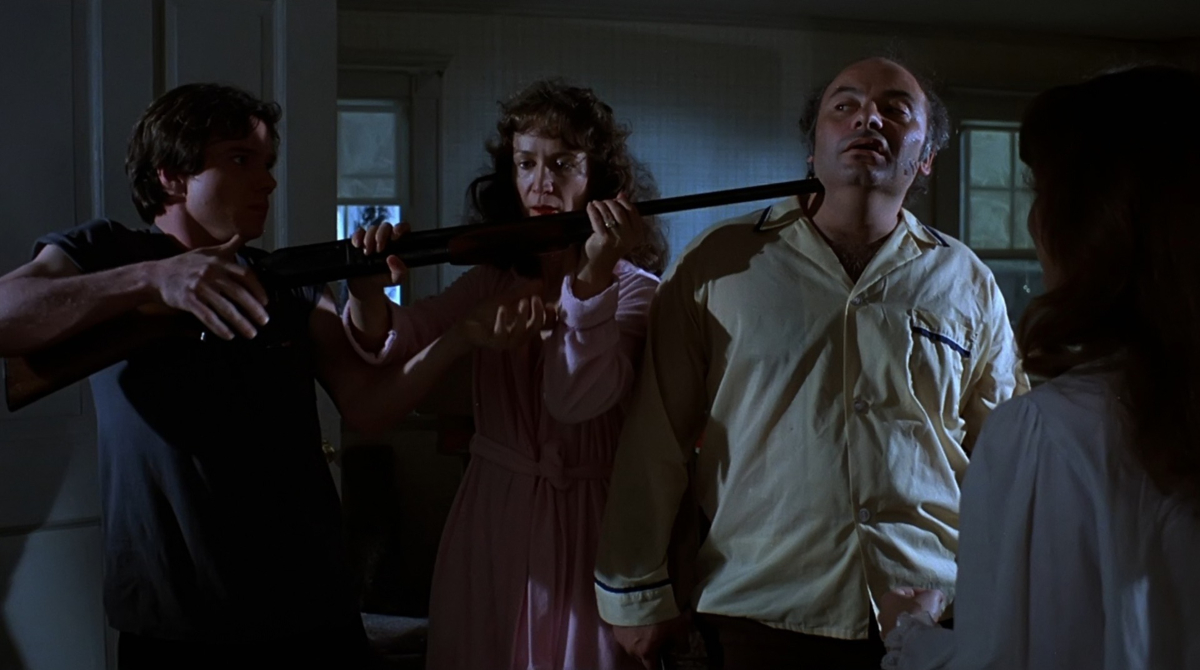
Amityville II: The Possession decided to venture down the prequel route because why wait for three movies when you can jump the timeline in just the second? Here, we meet the Montelli family, who, blissfully ignorant of their domicile’s gruesome past, soon find themselves entangled in a web of supernatural horror, familial strife, and psychological decay.
Directed by Damiano Damiani, the film taps into the age-old theme of possession, both literal and metaphorical. It fuses the sinister undertones of a haunted house narrative with the hair-raising terror of a demonic invasion, as seen through the unsettling transformation of the eldest son, Sonny.
Amityville 3-D (1983)
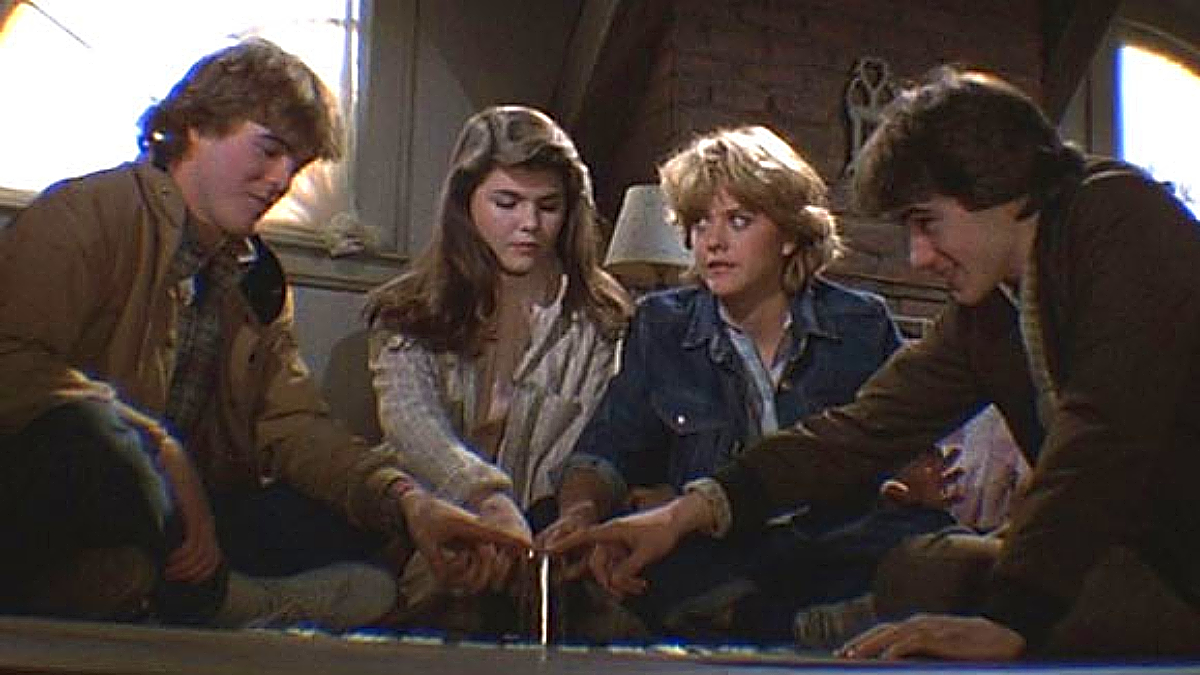
Nothing says “our franchise needs a boost,” quite like thrusting haunted items directly at the audience in glorious third-dimensional splendor. Riding the early ’80s 3-D wave, the creators clearly thought: “If the Amityville house isn’t scary enough, why not make it pop out of the screen?” Here, we encounter a skeptical journalist who, evidently having missed the memo on the previous occupants’ not-so-pleasant experiences, purchases the infamous home.
Amityville 3-D provides an array of jump scares, with spectral entities and mischievous apparitions seemingly fond of the element of surprise—and 3-D gimmicks. Despite the added dimension, the narrative depth remained somewhat two-dimensional. But let’s give credit where it’s due: the film bravely ventured where few had gone before, proving that haunted houses, when merged with the right technology, could literally and metaphorically come at you.
Amityville 4: The Evil Escapes (1989)
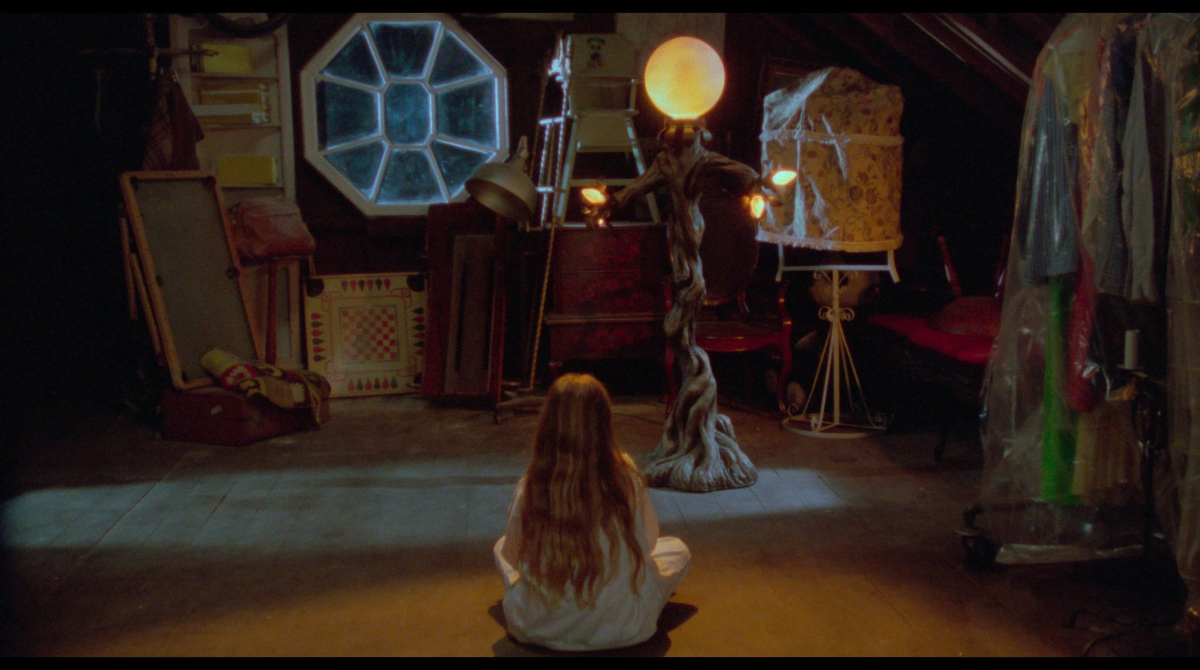
Amityville 4: The Evil Escapes posits a rather inventive query: why confine malevolence to a house when it can inhabit, of all things, a floor lamp? While one might jest that it’s simply a misguided IKEA prototype, this illuminated terror stands as the shining beacon of the film. The Amityville evil thought, “Why lounge about in a spacious New York residence when I can downsize to a cozy, portable light fixture?”
The movie unfolds as the lamp finds its way to California (perhaps seeking sunnier climes or just a good deal on electricity). Once there, the menacing fixture kicks off its reign of terror, proving once and for all that interior decorating choices can be truly lethal. The film was a bold departure from the house-bound horrors of its predecessors. The film did, however, show that evil can’t be contained by walls and that, sometimes, it just wants to switch things up.
The Amityville Curse (1990)
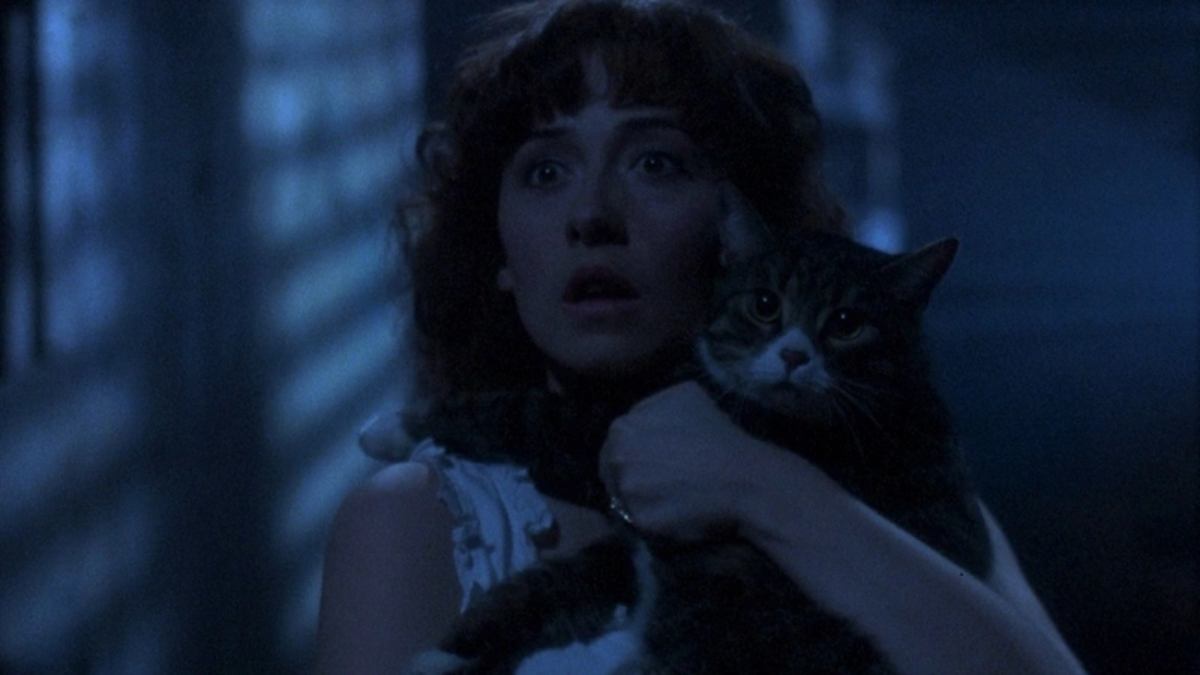
The Amityville Curse dared to ponder: what comes after a haunted house and an evil lamp? Of course, it’s a possessed work of art. In this installment of the ongoing saga, we meet a group of friends who, in an inspired move, decide to restore the house next to the iconic Amityville domicile. However, as fate (or scriptwriting) would have it, they stumble upon a mysterious, ominous-looking portrait.
The film valiantly tried to paint a picture of suspense and supernatural terror, but at times, it felt more like a finger painting than a Monet. Nonetheless, it was a bright reminder that location is essential, especially in real estate. And when it comes to Amityville, it’s probably a good idea to think twice before setting up your easel—or, in this case, buying that odd-looking artwork from the clearance section.
Amityville: It’s About Time (1992)
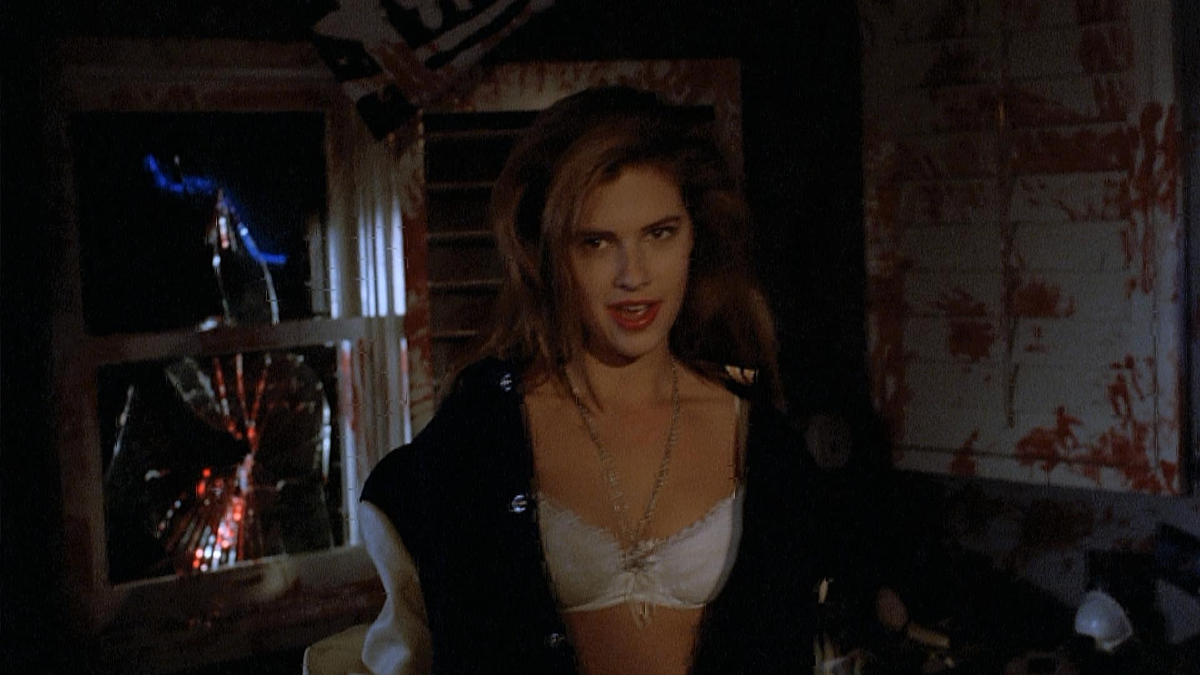
In a twist that might make even Salvador Dali’s clocks melt in dismay, an antique clock becomes the central conduit for Amityville’s malevolent mischief in Amityville: It’s About Time. Imported from the original cursed house to the sunny suburbs of California, the clock starts bending time and reality, proving that daylight savings is not the only temporal disruption homeowners should dread.
As the unsuspecting Sterling family discovers, much to their horror, the clock maliciously manipulates time, conjuring up sinister apparitions from the past and dread-laden glimpses of the future. Though the film’s premise might sound like the result of a brainstorming session that went on a tad too long, it does remind us of an age-old truth: time, like evil, waits for no one.
Amityville: A New Generation (1993)
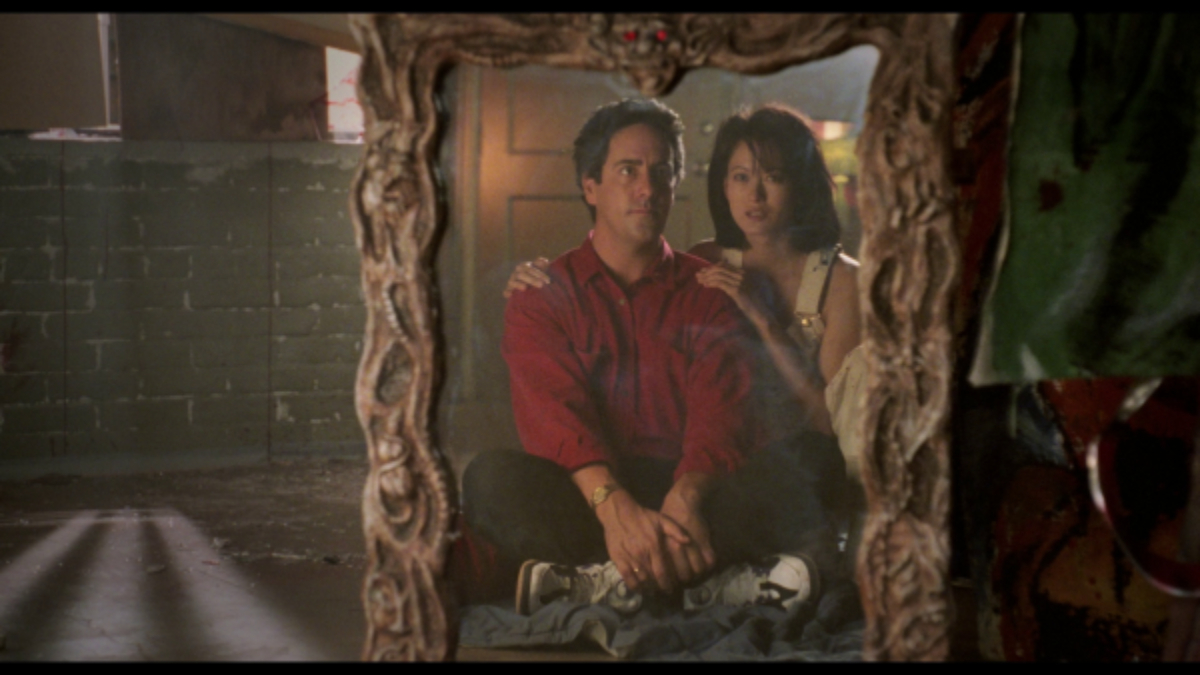
After clocks, lamps, and paintings, one may reasonably ask, “What household object hasn’t been possessed yet?” Amityville: A New Generation reveals mirrors to be the answer. And, of course, they have historically reflected not only our appearances but also our darkest fears.
This time, the source of horror is the cursed-looking glass, which displays images unfit for a LinkedIn profile. In an age before Instagram filters, dealing with an evil mirror that brings back old wounds and insecurities seems like a nightmarish prospect indeed. So, while vanity can be a vice, in Amityville, it might just be deadly.
(featured image: Metro-Goldwyn-Mayer)



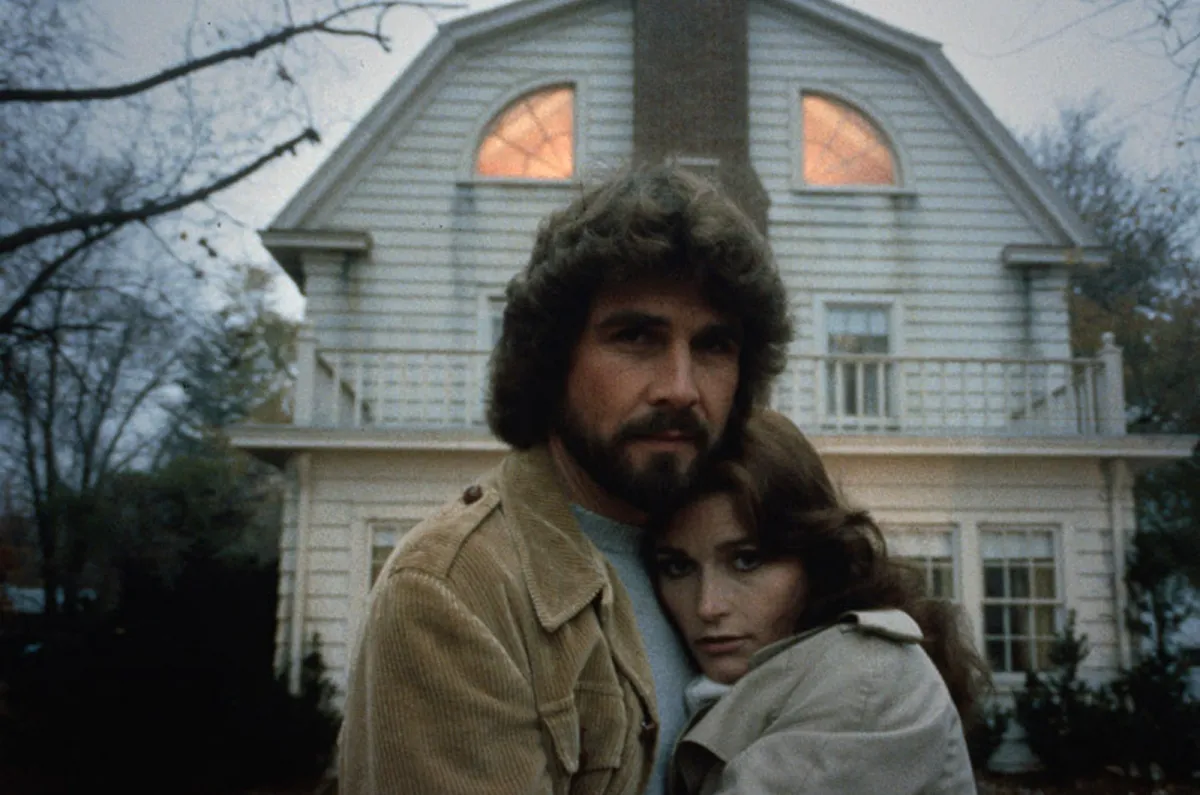






Published: Oct 26, 2023 10:37 am